
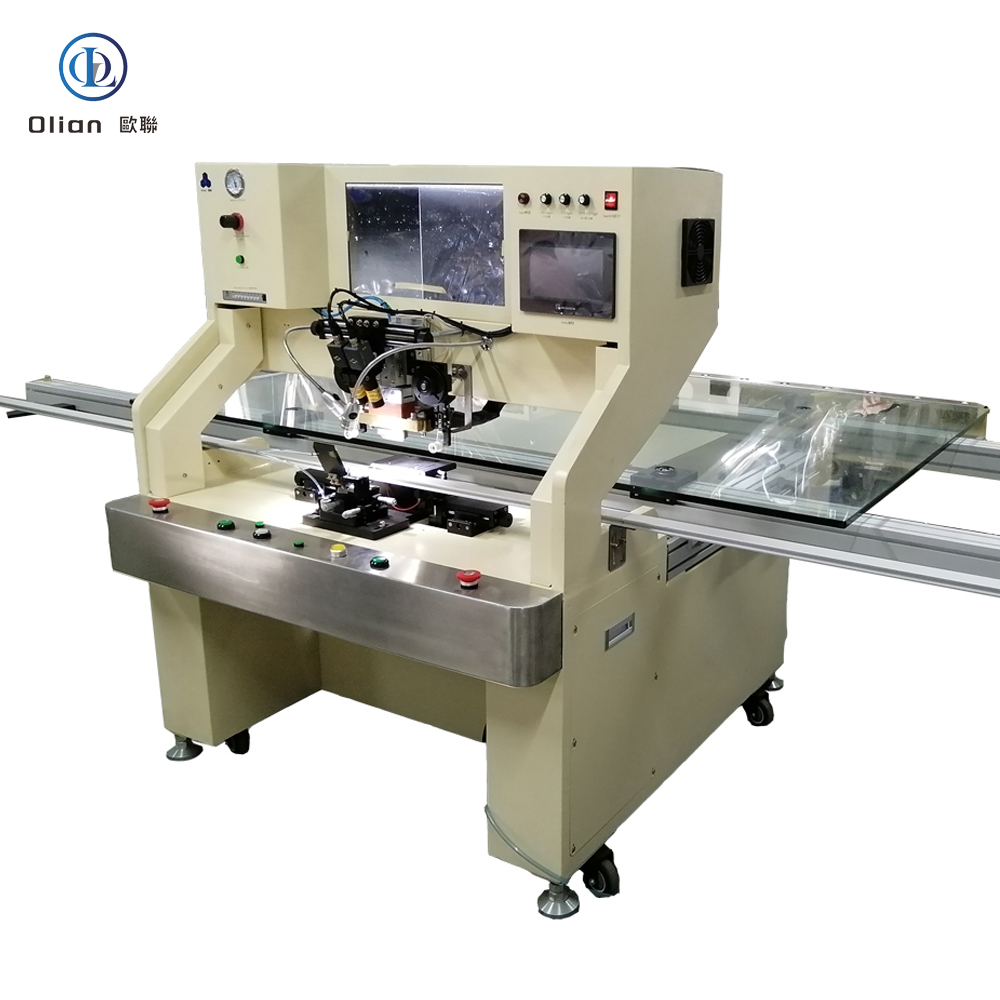
An LCD repair machine is a precision system that fixes cracked glass, failed TAB bonds, open ITO lines, color lines, and backlight problems in televisions, laptops, tablets, smartphones, and industrial monitors. Instead of throwing expensive panels away, service centers use these machines to restore original performance at component level. The following long-form article explains every angle of the technology so Google can easily index the keywords “LCD repair machine”, “TV panel repair equipment”, “laser LCD repair”, “TAB bonding machine”, “COF bonding machine”, “LCD freezing separator”, and related phrases.


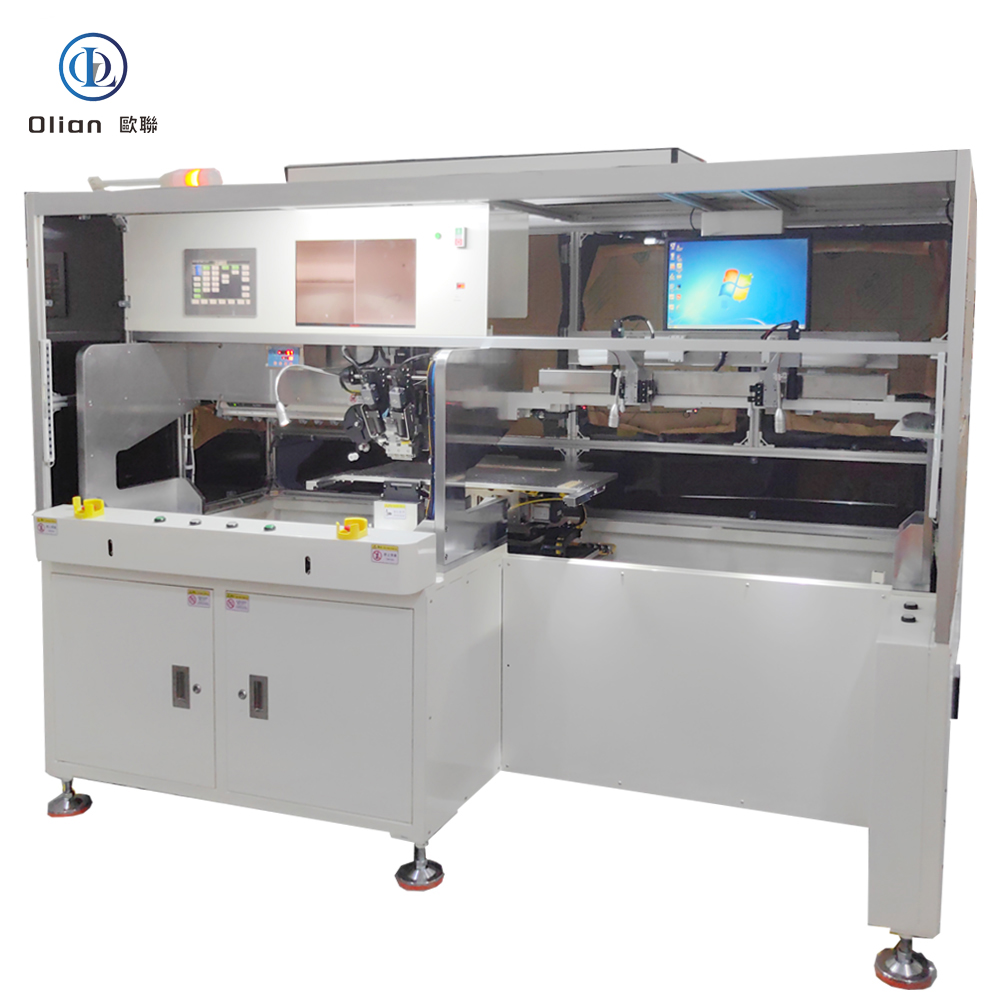



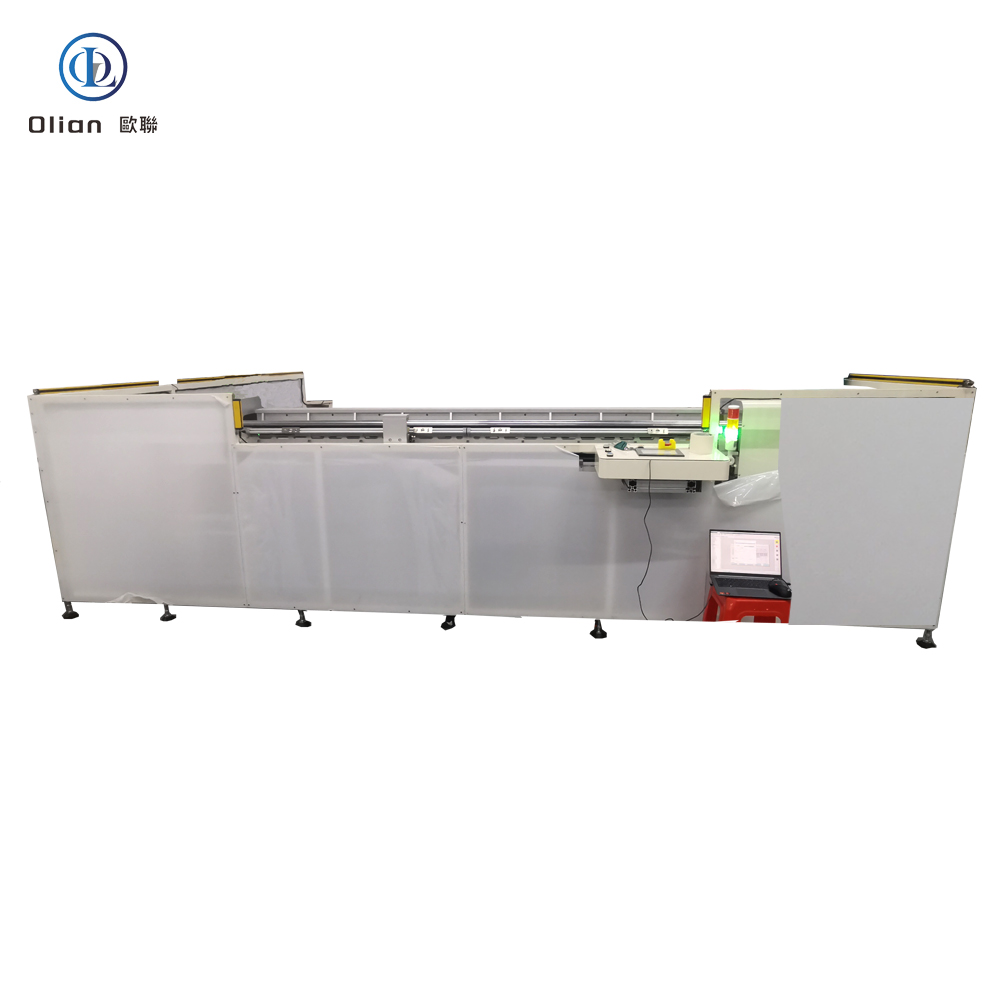

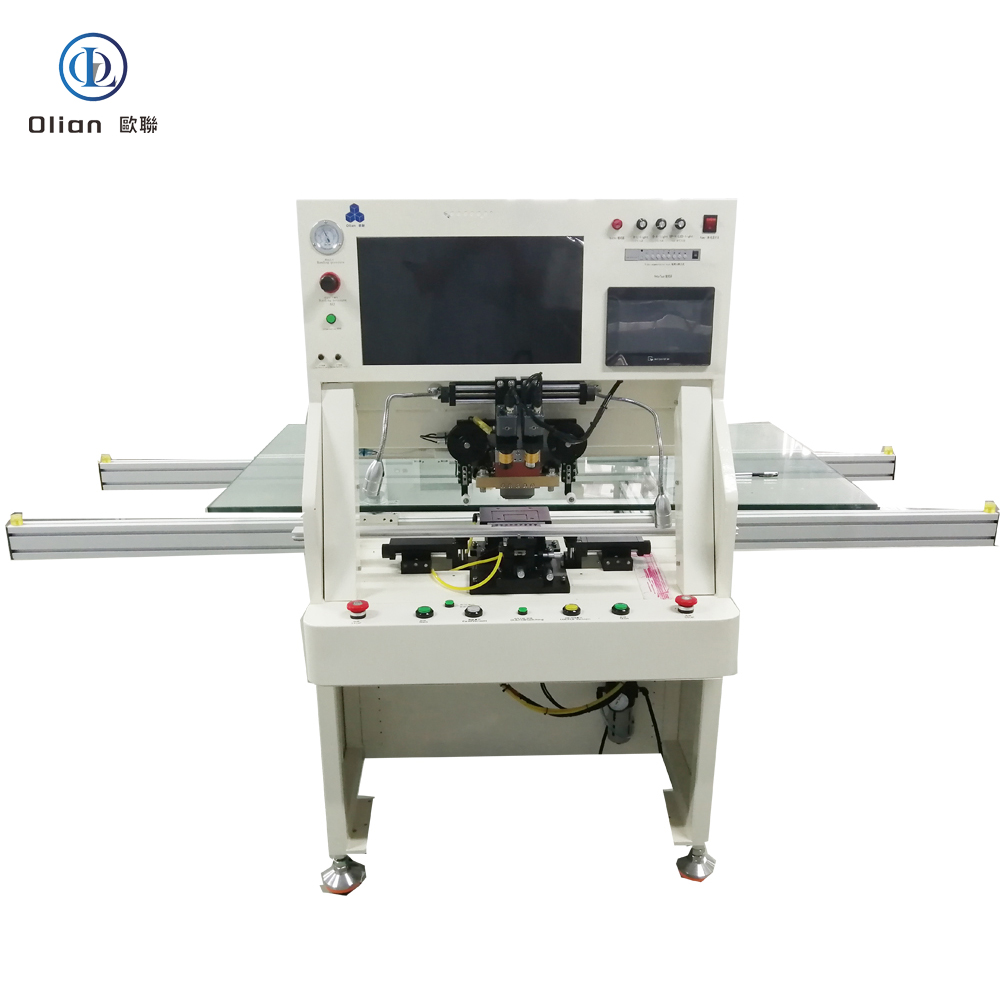
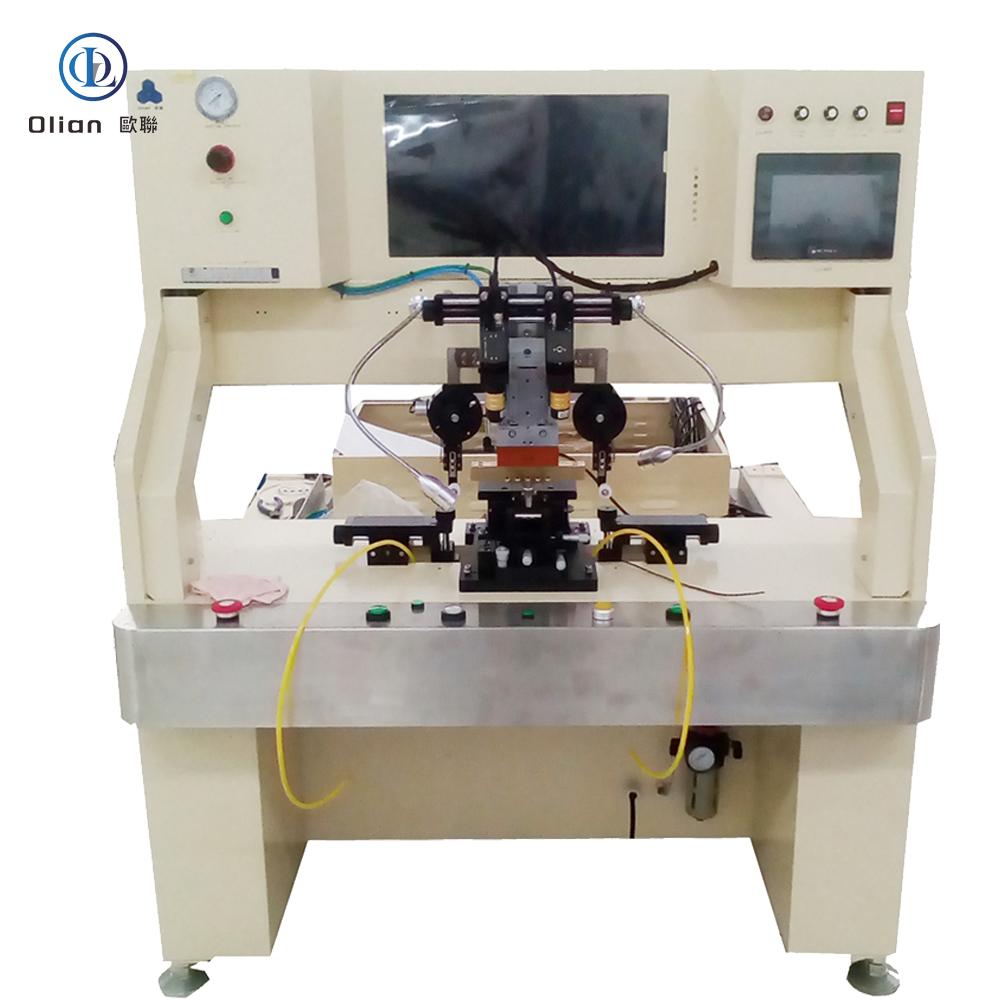
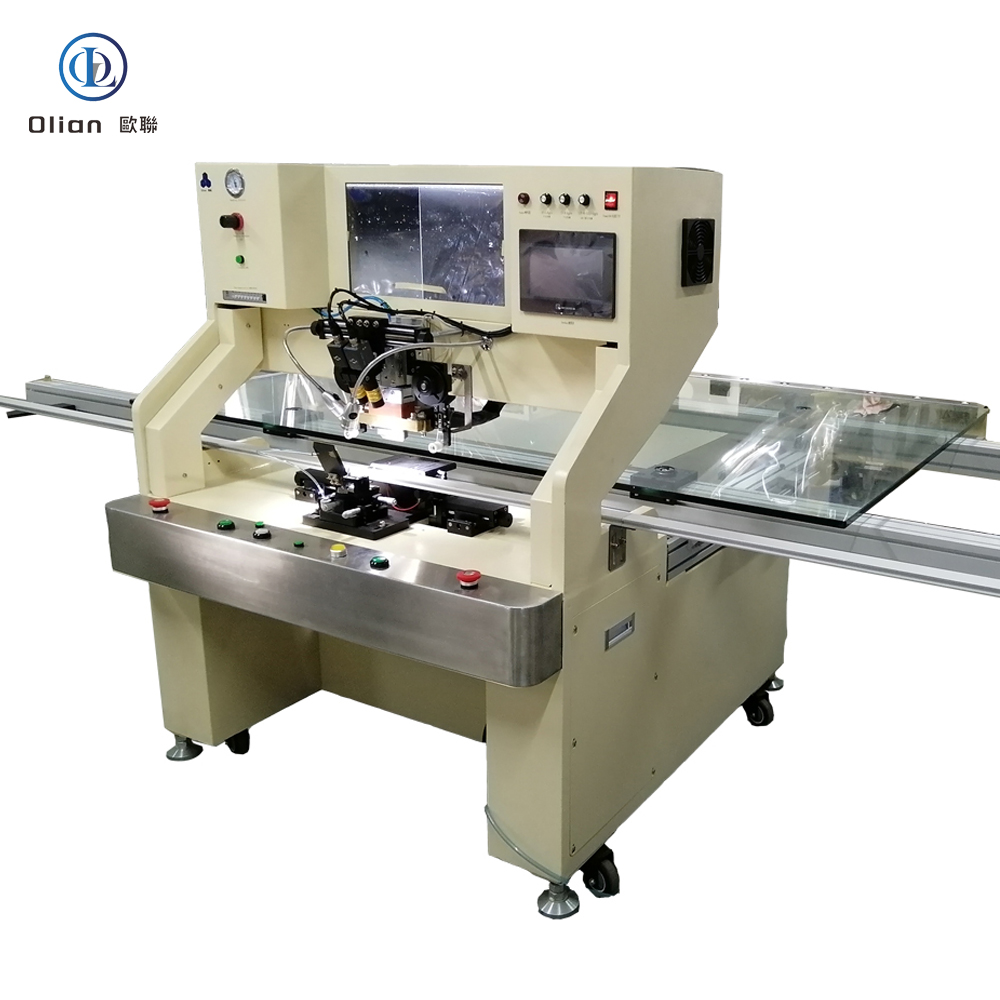
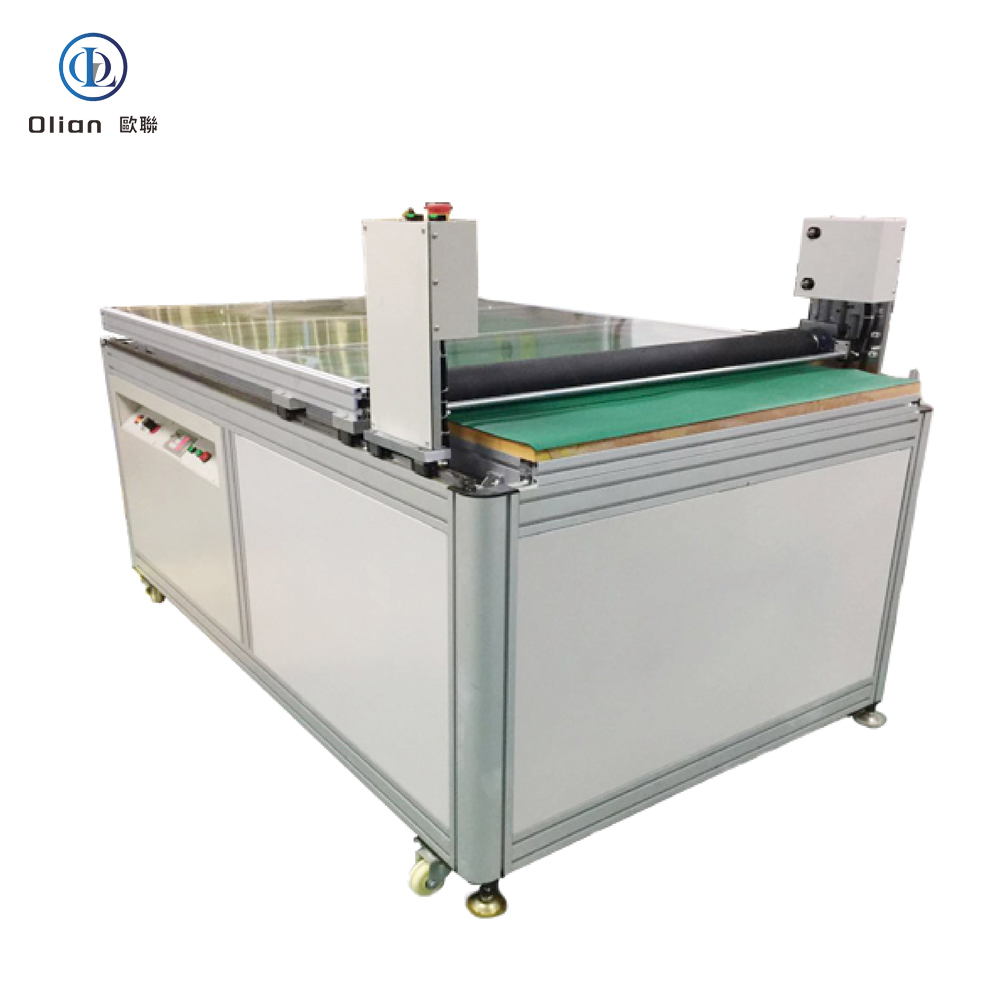

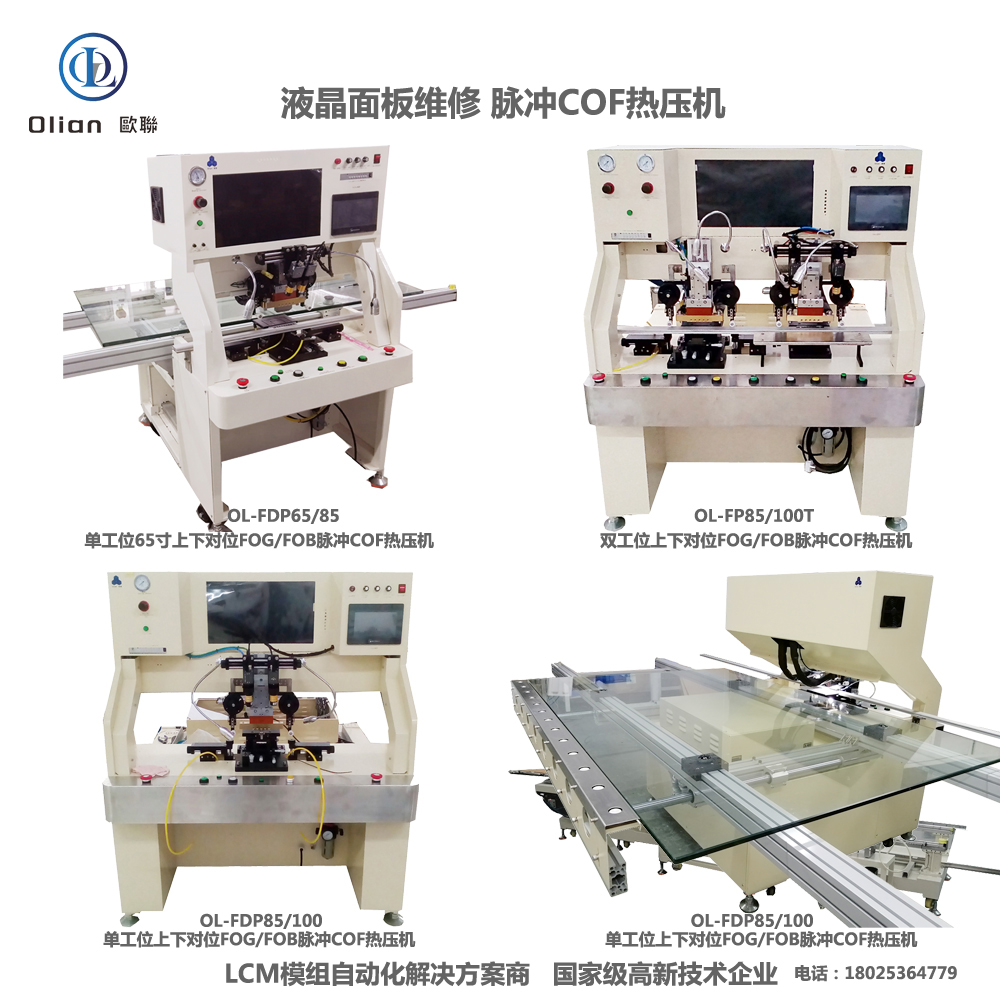
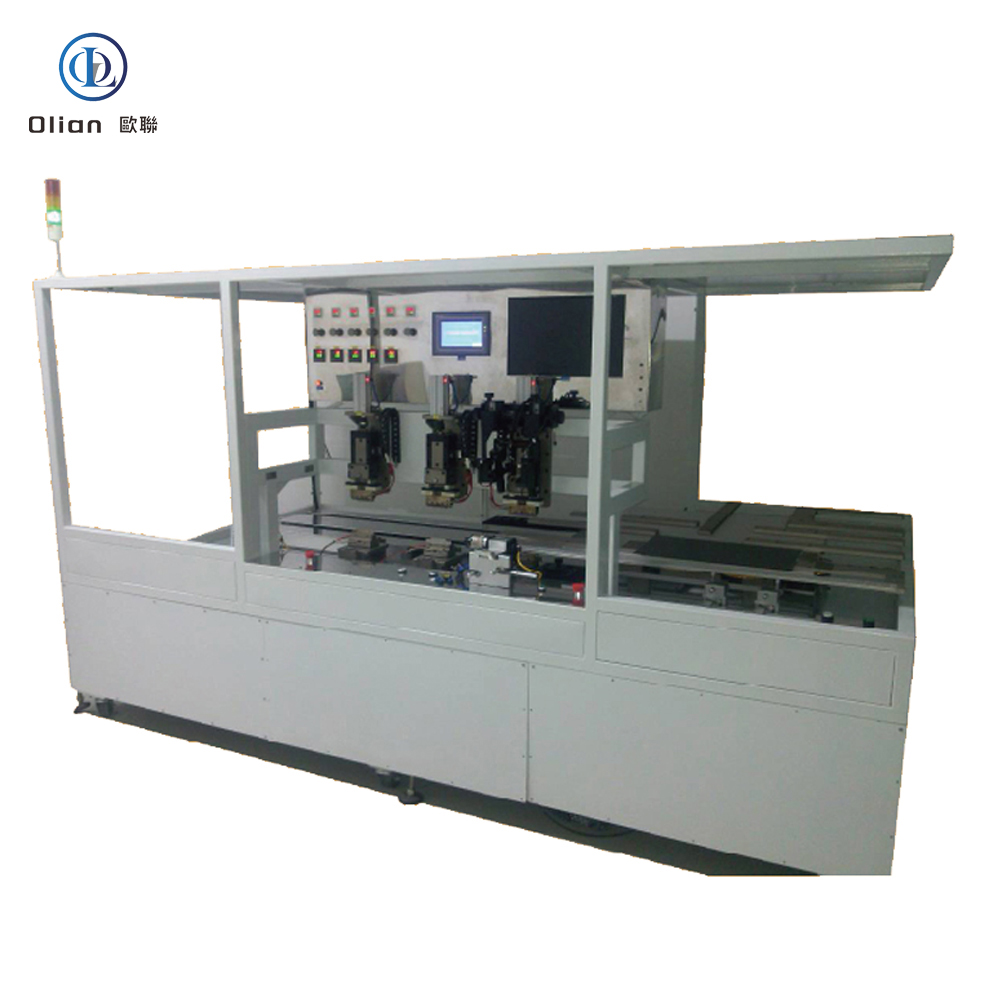
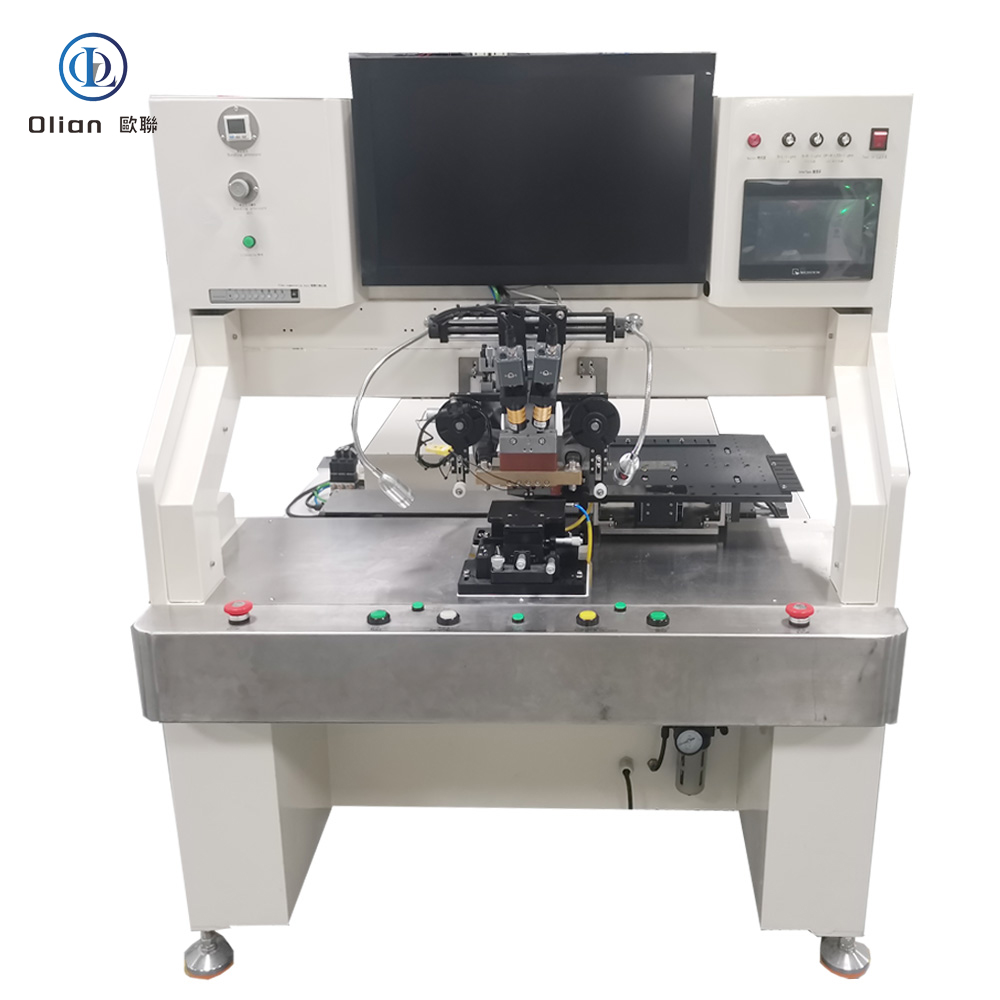

An LCD repair machine is a collective name for several modules that separate, clean, bond, test, and sometimes laser-trim LCD glass. Each module targets a specific fault: outer glass cracks, polarizer scratches, flex cable delamination, driver IC failure, or internal short/open circuits inside the glass. Professional workshops combine these modules into one production line to handle 5″, 10″, 32″, 55″, 65″, 75″, even 100″ panels with the same daily throughput. The process is lead-free, ROHS friendly, and generates far less e-waste than replacing the whole display.
The freezing separator repairs outer glass damage on phones and tablets. It cools the assembly to minus 140 °C with liquid nitrogen or compressed refrigerant. The low temperature embrittles the OCA glue so a steel wire slides between cover glass and the sensitive OLED or LCD underneath without force. After separation, the machine warms to room temperature, allowing easy pick-up of broken glass and leftover glue removal. The same cabinet can process 30–50 screens per hour with almost zero breakage when operators follow the correct recipe
.
A lower-cost alternative for shops that do not want liquid nitrogen. The hot plate heats the screen to 80–90 °C, while a vacuum chuck keeps the glass flat. A thin cutting wire then separates the glass. The method is slower but adequate for entry-level phone repair businesses.
TAB (tape-automated bonding) and COF (chip-on-film) bonding machines repair flex cable failures in TV panels. A pulse-heated titanium head presses the flex against the LCD pad through anisotropic conductive film (ACF). The head ramps to 180–220 °C in two seconds, holds ±0.3 °C accuracy, then cools quickly to solidify the adhesive while conductive particles create vertical conductivity only. Modern models bond 4K/8K panels up to 100 inches with 1.5 µm alignment accuracy
.
Laser systems fix internal glass defects such as bright lines, dark lines, half-lines, dot defects, short circuits, or ITO opens. A Nd:YAG or fiber laser fires microsecond pulses through a microscope objective to cut or link redundant bus lines inside the panel. Dual-wavelength machines (1064 nm + 532 nm) handle both metal and transparent oxide layers. Spot size can be as small as 3 µm, so the repair is invisible to the naked eye
.
After glass replacement or laser trimming, a new polarizing film must be laminated without dust or bubbles. The laminator uses a rubber roller in a Class-100 clean chamber to apply even pressure. A subsequent autoclave heats the stack to 45 °C under 0.4 MPa for 20 minutes to eliminate micro-bubbles.
LCD repair machine, TV panel repair equipment, laser LCD repair, TAB bonding machine, COF bonding machine, ACF bonding equipment, LCD freezing separator, polarizer laminator, LCD refurbishing machine, smartphone screen repair tools, 4K panel bonding, 100 inch LCD repair, internal line repair laser, ITO open repair, vertical line fix, horizontal line fix, dot defect removal, pulse heat bonding, fine-pitch bonding, lead-free LCD repair, ROHS compliant repair, e-waste reduction, sustainable display repair.
AI-driven vision will auto-select laser cut or link paths, reducing technician training time. IoT modules will send yield data to cloud dashboards for predictive maintenance. Green refrigerants will replace liquid nitrogen in freezing separators, cutting operating cost by 30%. Roll-to-roll ACF will enable continuous bonding of ultra-wide 110″ panels. Micro-LED hybrid displays will adopt the same laser micro-machining platforms, extending the machine’s useful life well into the next decade.
An LCD repair machine is no longer a single-purpose tool; it is a strategic investment that restores value to damaged displays, supports environmental goals, and delivers rapid return on investment across smartphones, TVs, laptops, automotive, and industrial applications. By choosing the right combination of freezing separation, TAB/COF bonding, laser trimming, and polarizer lamination modules, service centers can handle virtually any LCD faults. Shenzhen Olian to be the LCD repair machine’s one stop supplier..
2 comments so far
Buy Website TrafficPosted on9:03 上午 - 11 月 30, 2025
Absolutely written content material, regards for information .
Bonus BacklinksPosted on9:10 上午 - 12 月 9, 2025
Magnificent beat ! I would like to apprentice while you amend your web site, how can i subscribe for a blog web site? The account aided me a acceptable deal. I had been tiny bit acquainted of this your broadcast provided bright clear idea